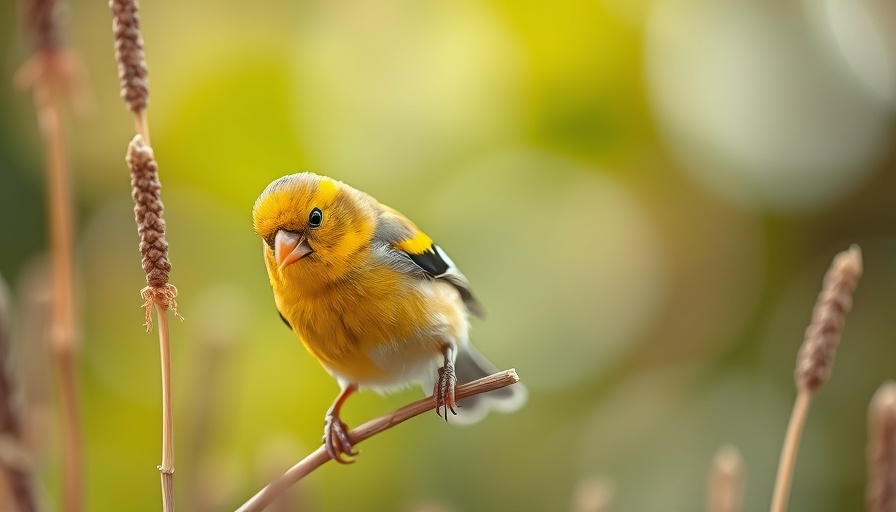
The Heartwarming Journey of Raising a Baby Sparrow
Raising a baby sparrow is not just a rewarding experience; it's an incredible journey that intertwines patience, responsibility, and a hint of adventure. Through my own encounters with sparrows in my backyard, the lessons learned were invaluable, and I wish to share insights with fellow bird lovers who may find themselves in a similar situation.
Identifying the Need for Intervention
It all began one quiet morning when I noticed a tiny sparrow lying motionless under a tree. Questions raced through my mind — was it abandoned, or did it fall from its nest? Watching carefully, I saw no signs of an adult bird nearby. After some time, without any sign of parental attention, I felt compelled to act. If you ever find a baby bird, remember that patience is key; always observe before deciding to intervene.
Creating a Comfortable Habitat
Immediate action involved crafting a warm and safe environment. Sparrows, especially when featherless, cannot regulate their body temperature. I constructed a makeshift nest in a shoebox, lined it with soft tissues, and placed a heating pad underneath for warmth. This safe space is essential for a baby bird that has been separated from its nest, allowing it to feel secure while it recovers and grows.
Nourishing the Baby Sparrow: What to Feed
Feeding a baby sparrow comes with its own set of challenges. At first, I faced the daunting task of finding the right food. Contrary to the common belief that bread or milk might be suitable, baby sparrows thrive on high-protein diets closer to their natural food sources, such as insects. I started with softened dog kibble and carefully fed the bird using tweezers. Hydration is significant, but caution is essential—never give water directly as it can lead to choking.
Encouraging Independence
As the baby sparrow developed, I introduced diverse food options, including scrambled eggs and eventually mealworms. Each feeding was a delicate operation, demanding attention every 20 to 30 minutes during the day. The challenge was tiring but thrilling as I watched my tiny companion grow stronger and more vigorous.
Preparing for Release: The Final Step
After weeks of care, the moment approached for the sparrow to return to the wild. Transitioning to outdoor exercises became crucial. I began to allow the bird to explore a safe outdoor space, mimicking natural environments. Not only does this training empower them for survival, but it is also captivating to witness their instinctive behaviors and gradual flight attempts.
Lessons Learned on this Journey
This experience taught me valuable lessons about nature, responsibility, and the delicate balance of life. Although it can be tempting to keep a baby bird as a pet, it is essential for both the bird's well-being and ecological balance to consider rehabilitation and eventual release. It's a reminder that every bird, whether a common sparrow or a rare species, has a role to play in our ecosystem.
As I reflect on my journey with raising a baby sparrow, I encourage those who encounter these delicate creatures to learn about their needs and ensure they are properly cared for. Sharing knowledge and experiences enriches our connection with wildlife. If you have found a baby bird, seek rehabilitation advice from local wildlife experts who can guide you in helping these vulnerable creatures thrive.
 Add Row
Add Row  Add
Add 




Write A Comment